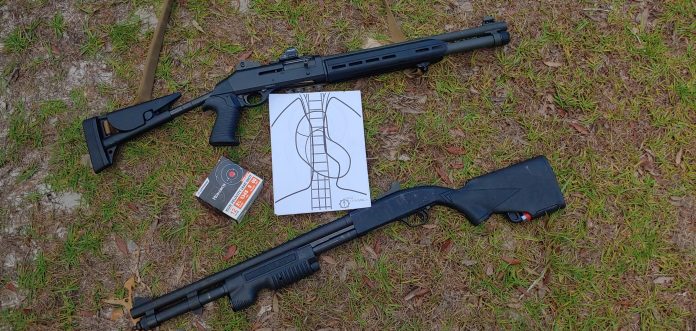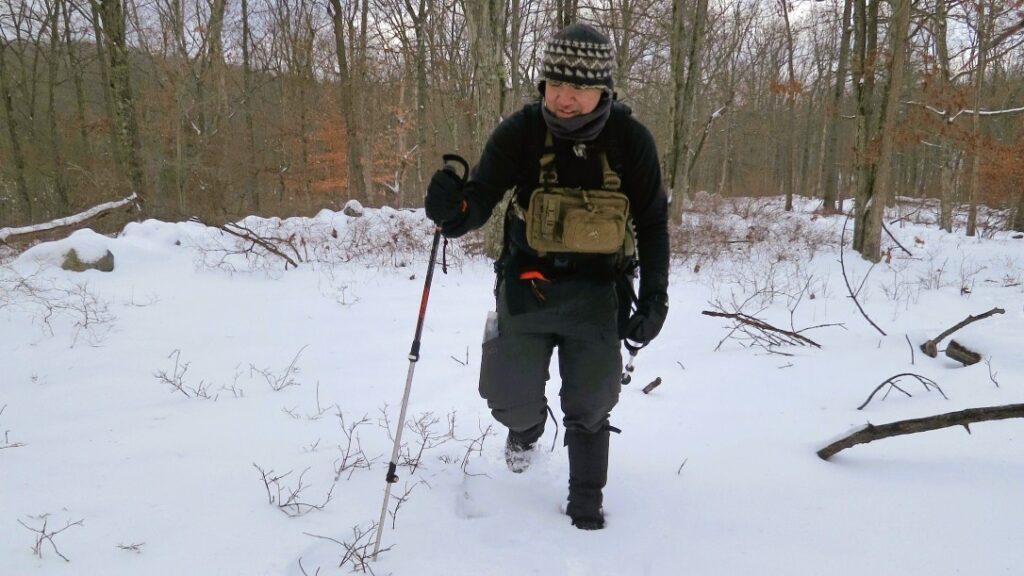Diversity is a hot buzzword everywhere these days. In the gun community, we’re seeing outreach and inclusion efforts from all over, working hard to include people of all colors and genders.
It’s a backlash against the tired stereotype of the white male gun owner – and it’s an important one. I’m an avid shooter myself, and I’m almost the exact opposite of that image. When people talk about their idea of a “gun person,” I rarely feel like I fit the mold.
So it’s inspiring and exciting to see more women who look like me in the firearms world, to have more examples of how all types of people are part of the gun community. More than that, I love being able to show outsiders how we look like them, no matter what they look like.
Advertisement — Continue Reading Below
But in the rush to showcase the diversity of the shooting community, we often leave behind white men…and maybe we shouldn’t be so quick to dismiss them.
For one, they’re still the majority, both inside and outside the gun world. No matter how many minority and women shooters we find, we’re unlikely to make them an equal force to white men in pure numbers. Even if we did, we wouldn’t be accurately representing the U.S. population as a whole.
Certainly there are parts of the country where white people, white men aren’t the majority, but overall? Maybe it’s not such a bad thing to look around a gathering like the NRA Annual Meetings and see lots of white skin. I’d love to see a few more “looks like” others too, but as the numbers game goes, it’s unlikely to be drastically different for an inherently American passion.
Advertisement — Continue Reading Below
Here’s the other thing: just like I don’t want people to assume who I am and what I think because of how I look, it’s not fair to do that to others.
If I listen to much of the news and social media, white men, especially those who are into guns, are rather uniformly uneducated, intolerant, and insular. Maybe it’s the folks I know, but that’s definitely not been my general experience. I’d like to tell you about a few of them and so you don’t think I’m cherry-picking, I’ll share two little pieces from my first trip to the NRA Annual Meetings, just a few weeks ago.
I stayed with some new friends this year in a rented house. They were a group who knew each other through their heavy involvement in local Second Amendment activism through the Minnesota Gun Owners Caucus. When I showed up and finally met everyone, I realized we had quite the mixed crew. Not only was I not the only woman in the house, I wasn’t the only non-white woman. White men didn’t even make up the majority until we added a few guests to the party. Between us, we spanned the most of the political spectrum from center to…liberal. We held degrees and jobs across technical and mechanical fields, working in offices and machine shops. And our easy acceptance of each other completely ignored all of those differences unless we were making lighthearted fun of each other. No tokenism here, just people.
Advertisement — Continue Reading Below
One night, I went out to dinner with some writer buddies. The stories, as you can imagine, were uproarious and hilarious, just like you’d expect from a room full of gun people who write for fun and money. But one of the moments that struck me most? I’m sitting next to a good ol’ country cop from Texas, across from a good ol’ country medic from Louisiana, and they’re telling me a beautiful story about a recently passed and much missed friend, a gay man who thoroughly embraced his contradictions and who clearly loved his friends as much as they loved him. While I was doubled over, gasping with laughter, I had a moment when I wondered whether this was the “intolerance” that I was supposed to expect. Then I caught my breath and kept laughing because the joy everyone in that story had in each other and in what they were doing was too much to do anything else. Because in the end, it was about friendship, not about my [something] friend.
As a double minority, I often resist being judged solely on my race and gender. I’m an individual who only has so much shared identity with others who “look like” me. Sometimes, the people I share the most identity with are the ones who don’t look like me at all – who maybe look like the majority. And it turns out that they, too, can’t be judged just on their race and gender.















